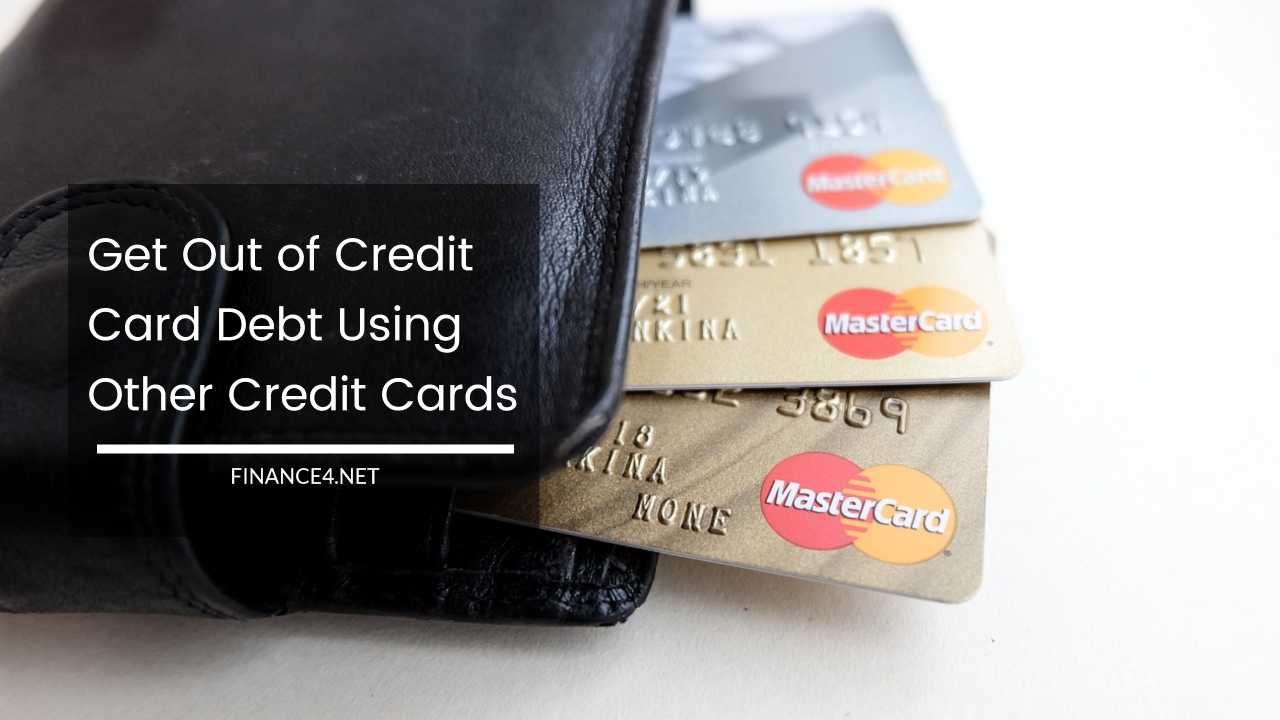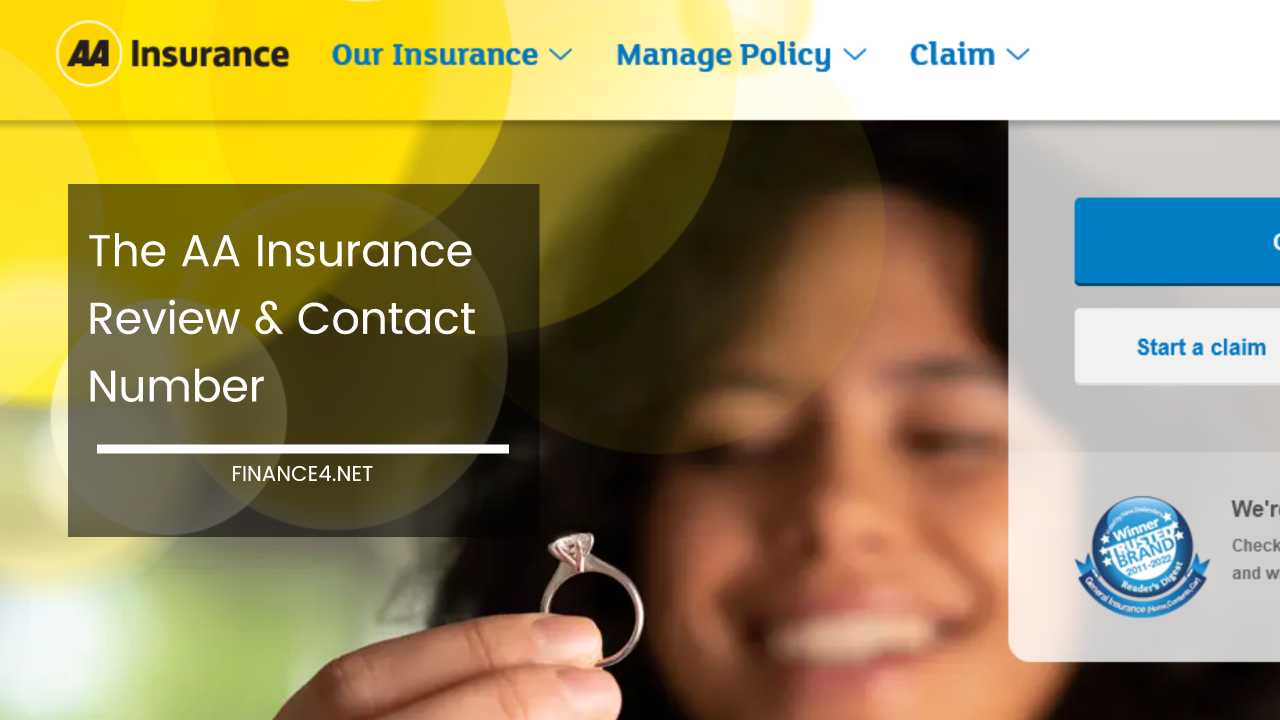Get Out of Credit Card Debt Using Other Credit Cards

Escaping the Credit Card Labyrinth: A Comprehensive Guide to Debt Freedom (Beyond Balance Transfers)
Credit card debt can feel like a labyrinth, a maze of high-interest charges and minimum payments that lead nowhere but deeper into financial stress.
While the idea of using “plastic to pay plastic” through balance transfers might seem like a quick escape route, it’s just one piece of the puzzle.
This guide delves into the complexities of credit card debt, explores the advantages and limitations of balance transfers, and equips you with a comprehensive arsenal of strategies to achieve true debt freedom.
Understanding the Debt Monster: How Credit Card Debt Snowballs
Unlike a traditional loan with a fixed repayment schedule, credit card debt is a relentless beast. The culprit – compounding interest.
This means you’re not just paying interest on the initial amount borrowed, but also on the accumulated interest over time. Even making the minimum payment (which often covers just the interest) can result in a growing balance if you’re not careful.
Imagine you owe $1,000 on a credit card with a 17% APR. If you only pay the minimum payment (which typically covers just the interest), after a year, your balance would balloon to roughly $1,195 – even though you haven’t made any new purchases.
This is because the interest on the interest keeps adding up, making it crucial to tackle credit card debt proactively.
Balance Transfers: A Double-Edged Sword in the Debt Labyrinth
Balance transfers can be a strategic tool, but it’s vital to understand their limitations and potential pitfalls before diving in.
Benefits:
- Reduced Interest Rates: Introductory periods with 0% or significantly lower interest rates offer a temporary reprieve. You can focus on paying down the principal without interest quickly compounding.
- Debt Consolidation: Combining multiple debts into one card simplifies your repayment process by reducing the number of monthly payments you juggle.
Drawbacks:
- Temporary Relief: Introductory periods are fleeting. Once it ends, the interest rate may jump significantly, potentially erasing any progress made.
- Transfer Fees: Balance transfers often come with fees ranging from 3% to 5% of the transferred amount. Factor this cost into your calculations to ensure the transfer is truly beneficial.
- The Temptation to Spend: Having a new card with available credit can be tempting, especially if you’re prone to impulse purchases. Using the new card for new spending defeats the purpose and deepens your debt.
Making Balance Transfers Work:
- Choose Wisely: Select a card with an introductory period long enough to realistically pay off the transferred balance.
- Calculate the True Cost: Consider the transfer fee and weigh it against the interest savings during the introductory period.
- Resist the Temptation: Don’t use the new card for new purchases. Treat it solely as a tool to pay off existing debt.
Beyond Balance Transfers: Building Your Escape Route
While balance transfers can be a helpful strategy, they should be part of a comprehensive debt-reduction plan. Here are some additional tactics to consider, forming your multi-pronged attack on credit card debt:
-
Creating a Budget: Knowledge is power. Track your income and expenses to identify areas where you can cut back and free up additional funds for debt repayment. Utilize budgeting apps or create a simple spreadsheet to categorize your spending and identify areas for improvement.
-
Boosting Your Income: Explore ways to generate more income, whether through side hustles like freelance work, online gigs, or even a part-time job. The extra income can significantly accelerate your debt repayment journey.
-
Debt Repayment Methods: Here are two main approaches to tackling multiple debts:
- Avalanche Method: Prioritize paying off the debt with the highest interest rate first, regardless of the balance amount. This saves you the most money in interest charges overall.
- Snowball Method: Focus on paying off the smallest debt first, regardless of interest rate. This can provide a motivational boost with quicker wins, which can help you stay on track.
-
Negotiating with Creditors: Contact your existing credit card issuers and explain your situation. They may be willing to lower your interest rate or offer a hardship program to temporarily reduce your monthly payments.
-
Debt Consolidation Loan: Explore a debt consolidation loan, which combines multiple debts into one loan with potentially lower interest rates.
Remember: Carefully assess your financial situation and choose the method that best suits your goals and personality.
Seeking Guidance: When to Call for Help
Don’t feel ashamed to seek professional financial advice if you feel overwhelmed by credit card debt. A certified financial planner can analyze your situation, create a personalized debt repayment plan, and offer guidance on managing your finances effectively.
Additionally, many non-profit credit counseling organizations offer free or low-cost resources and guidance to help you navigate the complexities of credit card debt and develop a strategy that empowers you to take back control of your financial future.
Empowering Yourself: Resources and Tools for Success
The road to debt freedom is paved with knowledge and readily available resources. Here are some valuable tools to empower yourself on your journey:
- Free Credit Monitoring Services: Regularly monitor your credit report for errors or suspicious activity. Many companies offer free credit monitoring services that can alert you of any changes to your report.
- Debt Management Apps: Utilize budgeting and debt management apps to track your progress, stay motivated, and automate payments. These apps can help you categorize your spending, set financial goals, and even schedule automatic transfers to your credit card accounts.
- Financial Literacy Resources: Educate yourself about personal finance and debt management. There are numerous online resources, educational workshops, and even free financial counseling services available through non-profit organizations.
Lifestyle Changes: Building Sustainable Habits
Financial well-being extends beyond simply tackling debt. Here are some lifestyle changes that can contribute to long-term financial stability and prevent you from getting caught in the credit card labyrinth again:
- Embrace a Needs-Based Mindset: Shift your focus from impulse purchases to needs-based spending. Prioritize essential expenses like housing, food, and utilities. Develop a “want it” list instead of a “buy it now” mentality. Consider alternative solutions – can you borrow a tool instead of buying it? Could you check out a book from the library instead of buying one?
- Embrace Frugal Living: Explore ways to save money on everyday expenses. Consider cooking at home more often, finding free or low-cost entertainment options, and negotiating bills with service providers.
- Build an Emergency Fund: Aim to establish an emergency fund of 3-6 months’ worth of living expenses. This safety net can prevent you from relying on credit cards during unexpected financial emergencies.
Maintaining Momentum: Staying on Track
Breaking free from credit card debt requires sustained effort and a commitment to your goals. Here are some tips to maintain momentum and avoid falling back into old habits:
- Celebrate Milestones: Reward yourself for achieving milestones on your debt repayment journey. This can help stay motivated and focused on your long-term goals.
- Visualize Success: Create a vision board or list your financial goals to keep them top of mind. Seeing your goals regularly can serve as a powerful motivator.
- Avoid Lifestyle Inflation: As you pay down debt and your income increases, resist the urge to significantly increase your spending. Live within your means and continue to allocate funds towards debt repayment and savings.
Final Thoughts: A Brighter Financial Future Awaits
Escaping the credit card labyrinth is not a race, but a marathon. There will be setbacks, but with a well-defined plan, a commitment to change, and the right resources, you can achieve lasting financial freedom.
Remember, the journey to debt-free living is an investment in your future financial security and overall well-being. Take control of your finances today and build a brighter financial future for yourself.



